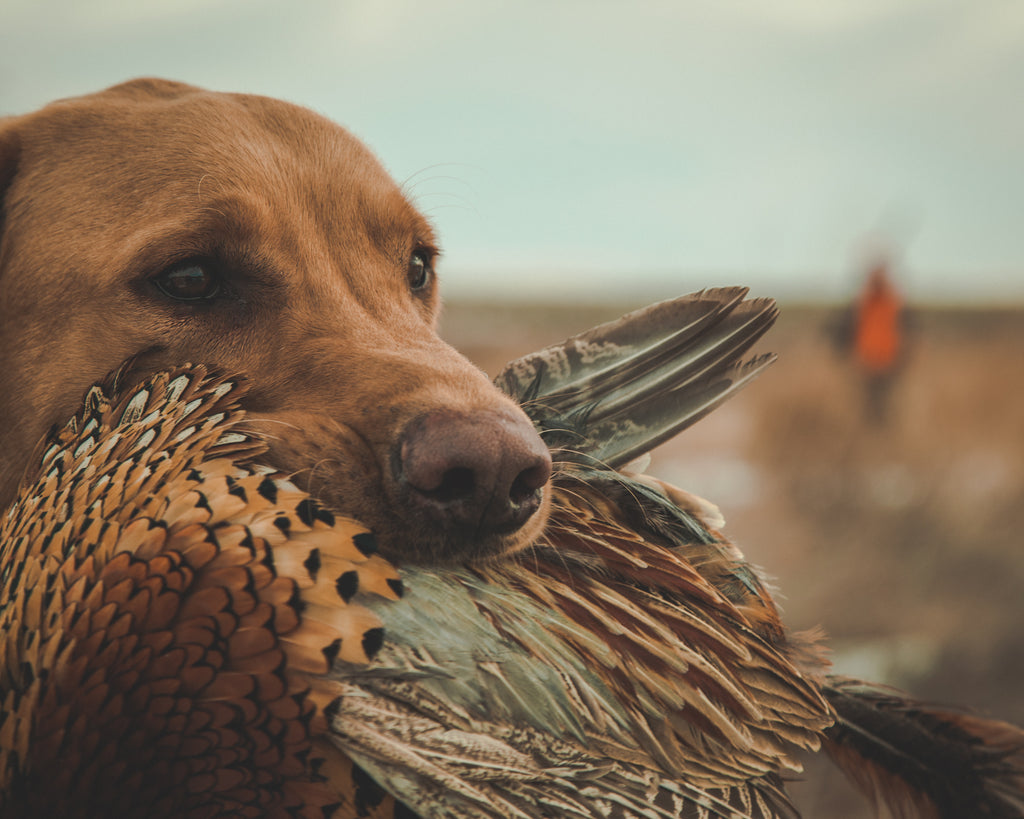His Shotgun

“OK, kid, go get my shotgun from the house and we’ll take Duke to see if we can find a covey of birds.”
Most of my hunting adventures with my grandfather began that way. I can still hear those words today when I search my memories of him. The simple act of writing this story brings a smile to my face as I recall the man who introduced me to both hunting and the outdoors.
My grandfather had one shotgun, a Browning Auto-5, 12 gauge. He purchased it after returning from the Pacific in World War II. It’s the only shotgun I ever saw him carry no matter what game he pursued. This is its story.

My grandfather worked with his hands all his life. He worked on cars beginning in his teens and, when called upon to serve our country in the second World War, he utilized those hands to repair warbirds for their return to the skies over the Pacific. He worked in sheet metal, steel, and iron. He did so to protect his fellow soldiers and airmen in, at that time, the Army Air Corps. He did so to do his small part to win the war and to make it home to his family. One of the lucky ones, he did return home and eventually settled in southeast Kansas.
His father, my great-grandfather, emigrated from Italy to work in the coal mines. One of the passions he brought with him from the “old country” was hunting. He raised and trained German shorthairs for quail hunting. He and my grandfather hunted quail across eastern Kansas and throughout the Flint Hills. The landscape was different back in those days with small farmsteads separated by rows of Osage Orange trees to form a mosaic of habitat preferred by bobwhites.
His Browning Auto-5 accompanied him on all of his ventures into the hinterlands following bird dogs in search of Gentleman Bob. The number of miles that shotgun traversed is immeasurable but likely numbers in the thousands. The sights it has seen are what most of us read about in stories about the “good old days.” I only wish that shotgun could talk so it could tell me all of the stories I never heard about my grandfather’s exploits in the uplands. What I cling to now are the memories of how his shotgun piqued my senses and sparked a fire in me that remains kindled to this day.

I remember how his shotgun felt. It was heavy, especially compared to the single shot .410 bore I toted around in my youth. But, even in it’s heaviness, there seemed to be a balance to it. It felt solid and strong just like my grandfather. The receiver was made of solid steel unlike today’s generation of alloy-framed, lightweight autoloaders. The walnut stock felt like it was one with the steel receiver, seemingly a singularly fluid piece from buttplate to muzzle. The grip area was worn smooth from countless hours of being carried in the field. I remember a sense of irony because his hands always felt rough from years of manual labor.
I recall gazing at all its components as I carried it to him. The barrel and receiver had developed a worn patina that always reminded me of the look of shotguns in old black and white photographs from the pages of Field & Stream or Sports Afield. The trigger was shiny from the thousands of times my grandfather pulled it on covey rises of bobwhites. I raised it to my shoulder pretending to draw a bead on a single quail or high crossing prairie chicken, both of which I had heard countless tales of at my grandparents’ dinner table. More, though, than any tactile touch of steel or wood I felt a connection to my grandfather each time I picked up his shotgun. It was a part of him and who he was. That’s probably why he rarely missed a bird with it.
There was always an extra shop rag laying on the steel workbench in my grandfather’s workshop. On the back ledge of the workbench sat a small glass bottle of gun oil. Throughout my entire childhood it was always the same bottle. Now that I think about it, I’m not sure if he refilled the bottle or if he simply didn’t use that much and never ran out.
What I do remember is, after every couple of hunts, I would follow him to his workbench where he laid his Auto-5 carefully on an old towel. He told me to take a rag, place a drop or two of oil on it, then wipe down all the metal surfaces beginning with the barrel and finishing with the humpback part of the receiver. He would always take a clean rag and wipe off the excess before asking me to carry it back into his house to store it away for the next hunt.
I could smell the oil for hours afterward on my hands. Even today while cleaning my own shotguns my mind is instantly transported to the cherished memory of a boy and his aging mentor preserving a treasure made of steel and wood.
Anyone who has had the privilege of shooting a classic Belgium made Browning Auto-5 knows the sound the action makes when a shell is dropped into the chamber and the release is tripped to slam home a shell. Shooting the Auto-5 one can hear the finely tooled mechanics cycle the spent shell out of the chamber and load another one.
The sound of him working that action back and forth to make sure it was unloaded always triggered my neurons as I knew we were going hunting. Conversely, I remember him, at the end of a hunt, pointing the muzzle skyward and cycling shells from the chamber and magazine to signal the conclusion to the day’s chase. He always called me over to his side and asked me to help him pick up the unloaded shells. I think he knew I liked the feel of the red 12 gauge shells in my small hands while I dreamed of someday being big enough to shoot a “grownup gun.” The last thing he always did before we hopped into the truck for the drive home was to ask me to make sure, one last time, that his shotgun was empty by peering down into the chamber.

My grandfather owned only this one shotgun. Any game he hunted he used his Browning Auto-5. Every weekend from mid-November through Christmas his shotgun brought home plump bobwhites which I was allowed to carry to the table to be cleaned. I remember the birds overflowed my tiny hands as I carefully laid them on a crisp sheet of white butcher paper. An occasional prairie chicken also made its way into the weekend gamebag. Compared to a bobwhite a prairie chicken required a two-handed, basket carry. I remember being mesmerized by the variegated barring across their breasts and the brightly colored air sacks on their necks.
He told stories of taking honkers in the rice fields of California after his discharge from the army. He repeated dozens of times the tale of the Christmas goose he shot for the family’s holiday dinner one year. “Eighteen pounds dressed that goose weighed, kid!” He claims to have hunted alone that day so his tall tale could never be corroborated. His shotgun rolled many a cottontail and the occasional fox squirrel on our quail hunts. Mallards and “blackjacks” fell to it, too.
The one game species that eluded his trusty Auto-5 was the common clay pigeon (Clayus pigeonus). I never, ever saw him break a single clay target even though he threw hundreds of them for me for practice using an old spring hand thrower. He always claimed, “Kid, I’ve never seen a quail fly as straight as a clay bird.”
My grandfather passed away in October of 2006. His last hunt occurred ten years earlier in an iconic field of native grass in pursuit of a few rooster pheasants. He carried his shotgun but we both knew he had no intention of firing it. He derived his pleasure from observing the bird dogs quarter through the tall grass and watching his grandson down a hard crossing rooster.
About a month ago I asked my father if I could borrow my grandfather’s shotgun for inspiration for this story. I placed it in my gun safe until I had some free time to look it over. I wasn’t prepared for how holding that shotgun would affect me after all these years. I showed it to my two sons and told them a few stories about hunting with their great-grandfather.

But it didn’t fully hit me until I gently set it in my gun vise to give it a light coat of oil. Maybe it was the combination of feeling it in my hands and the aroma of gun oil but all my memories of him came rushing back in an instant. Simultaneously I wiped a tear from my eye while I smiled, remembering him walking through the prairie in his tan hunting coat cradling his Auto-5 in his arms. I miss walking through the quail coverts with him on a crisp autumn day. I miss watching him shoot a double on a bobwhite covey rise. I miss hearing him say “good shot” when I connect with a hard crossing single. Mostly I miss him. But any time I need to feel connected to him I can reach for his shotgun and share a hunt even if only in my fond memories.
Written by Brad Stefanoni
